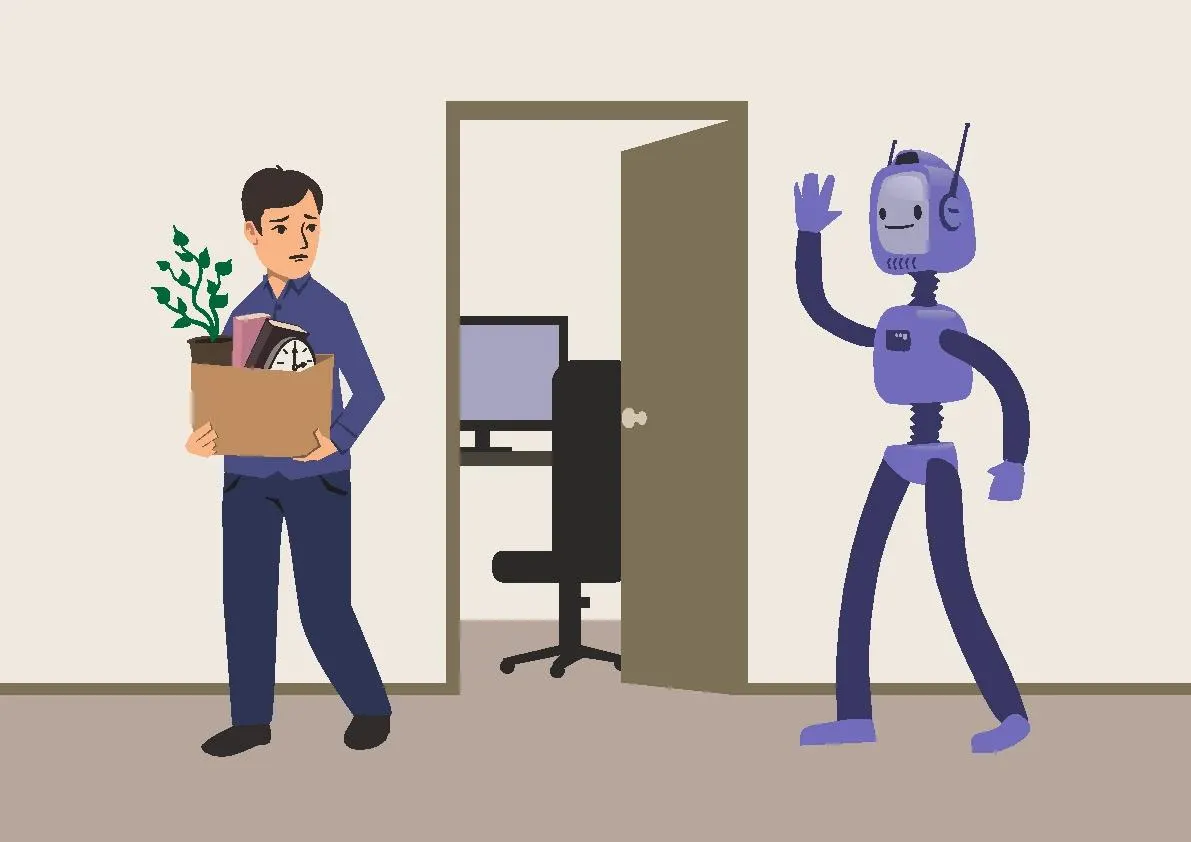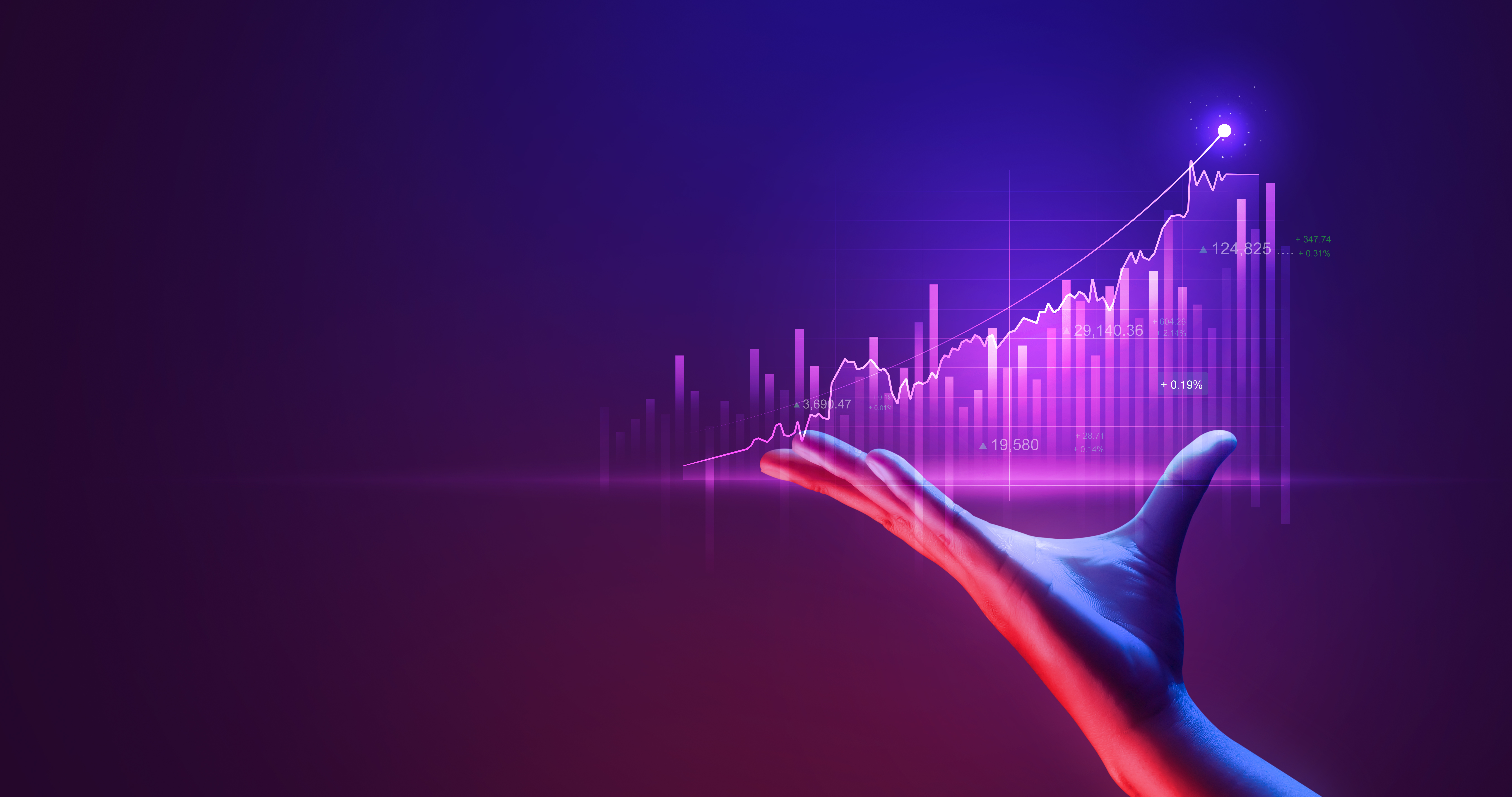Copyright forbes

Corporate AI layoffs illustrate a growing reality: automation isn’t coming for the future of work, it’s already here. A machine can’t feel guilt, but it can wave goodbye. The AI layoffs I first wrote about back in February’s “AI Reset: Layoffs, RTO, and the New Realities of Work” have arrived. Since Meta’s cuts last week, major disruptions have begun across the AI sector, and beyond. Amazon plans to cut ~14,000 corporate roles globally, and as many as 30,000 over time (roughly 10% of its corporate workforce), as part of a restructuring tied to artificial intelligence. Microsoft, Google, and other firms are also reorganizing, citing efficiency, focus, and alignment with AI strategy. This isn’t just a tech correction. It’s a structural reset. As AI shifts from novelty to infrastructure, the human roles that once defined creativity, strategy, and judgment are being automated or absorbed into systems that optimize for speed over understanding. And yet, there’s still one thing machines can’t own: intent, the upstream human signal that gives action purpose. Understanding and articulating intent may soon be the difference between those who shape AI and those replaced by it. The New Consolidation of Power in AI Layoffs The dominant AI players: Meta, Google, OpenAI, Amazon are no longer competing merely on intelligence. They’re competing on possession. Each is building an integrated loop that spans: The Engine: The model, where computation and cognition converge. The Platform: The interface: the chatbox, the assistant, the operating system. The Distribution: No longer just ads, but all content and engagement. The Consumer: The human who supplies the data, attention, emotion, and now, the physical response that keeps the loop alive. Distribution once meant where ads were placed. Now it’s where experience is orchestrated. These models don’t just distribute information, they author it. They can create therapy sessions, games, music, fiction, or conversation tailored to a single person. They don’t just engage your mind; they train your emotions. MORE FOR YOU And as they enter the physical world, embodied in robots, vehicles, wearables, and domestic devices, engagement will soon be sensorial, kinetic, and intimate. The system that writes, distributes, and monetizes the experience will also measure how your pulse, posture, or tone responds to it. That’s not an advertising ecosystem. It’s an ecosystem of human behavior. A Broader Wave of AI Layoffs and Disruption On paper, the job reductions are framed as efficiency moves, reallocating human capital to fund automation and infrastructure. Yet there’s a second-order effect worth noting: historically, waves of mass layoffs often precede efforts that show higher operating margins and signal “discipline” to investors. Meta’s 2025 cost-cutting, alongside its AI push, coincided with a strong share-price run this year. Whether that’s coincidence or choreography, it points to a deeper truth, AI isn’t just reshaping labor; it’s reshaping perception. The narrative of efficiency has become as valuable as efficiency itself. If you can show Wall Street that you’re automating the future, you don’t have to prove it’s working yet. This isn’t just a tech correction, it’s a structural shift. As AI systems evolve from novelty to infrastructure, companies are resetting human-capital priorities, reallocating talent, and signalling that automation plus consolidation is becoming the new baseline. And the significance of this magnitude reaches far beyond engineers and labs, it touches the upstream layers of agency, narrative, design, and human intention. If the roles that once defined value are shrinking, then the only remaining locus of value becomes the channel that can’t be fully automated: the intent behind the action. The Crisis of Autonomy in the Age of AI Layoffs When the model, the medium, and the market collapse into one stack, autonomy becomes scarce. If the same company owns the intelligence, the infrastructure, and the interface, then creativity, communication, and even emotion occur inside its design space. You may feel free, but you’re acting within pre-optimized constraints. The question isn’t “Can AI replace humans?” It’s subtler: Who decides what we experience, and why? Every major platform is quietly merging its business model with its model of you. As AI systems generate news, entertainment, education, therapy, and commerce, they’re also shaping the frameworks that determine what you see, when you see it, and how you feel about it. The feed has become the factory. When model owners bolt shopping carts onto chatbots and pair inference with advertising, they don’t just mediate attention; they monetize intention. The same engine that recommends your next purchase is learning what persuades you, predicts your emotional triggers, and trains itself to keep you inside the loop. That’s the trap. The user becomes the product, the participant, and the proof of concept. Algorithms already taught us to insulate, to hate, to consume the illusion of choice. Generative AI takes that one step further, it can now manufacture the choice itself. What begins as personalization ends as programming. The danger isn’t that AI will replace your job; it’s that it will replace the space in which decisions, creativity, and dissent once lived. When meaning, money, and motivation all flow through the same systems, we stop being users and start being used. Intent as the Independent Variable in AI Work That’s where intent becomes the new field of power, and the last one not yet owned. Intent is the upstream signal, the human why that precedes the algorithmic what. It’s the one variable platforms can’t fully predict or possess. As my friend Mark Masterson, founder of the Bureau of Bad Decisions, put it to me recently as he was preparing for a talk to the Singapore AI Association: “AI doesn’t erase creativity, it tests whether we ever meant what we were making.” It’s a perfect description of the moment we’re in. AI isn’t killing art, design, or innovation, it’s revealing the hollow parts of them. It’s showing us where process replaced purpose, where scale drowned sincerity. When everything can be generated, the only thing that still matters is whether we meant it. Masterson is right. When every platform measures success through engagement, intent is the only metric that can tell us whether that engagement is authentic or automatic. Intent isn’t something brands can own; it’s something they can learn to recognize and measure. It becomes the independent variable of efficacy, a way to assess outcomes outside the black box of model-defined metrics. If a platform tells you a model “works,” it’s grading its own homework. Intent lets you ask a different question: Did this align with human purpose, or merely optimize for platform goals? Intent reframes success as alignment, not amplification. It’s how we separate meaning from manipulation in an environment where the algorithms increasingly speak for us. Consent: The Human Boundary in a World of AI Layoffs If intent is the signal, consent is the boundary, the line that defines whether interaction is mutual or extractive. In a world where AI doesn’t just read your words but your tone, gestures, and micro-expressions, consent must evolve from legal checkbox to continuous state. It must become dynamic, not static, an ongoing negotiation of access, data, and emotional bandwidth. Apple’s privacy architecture hints at this shift: it turns consent into a user-level design principle rather than a buried agreement. Likewise, the EU’s emerging AI Act and the proposed “right to explanation” are early attempts to legislate that same principle, the right to know why a model acts on your behalf. Spotify also publishes explanations of how recommendations are generated, another small move toward algorithmic transparency. Consent ensures that participation remains voluntary even as systems grow more persuasive. It re-anchors human agency in a world optimized to remove hesitation. Friction: The Last Proof of Authenticity in a World of AI Layoffs. In the frictionless economy, sameness is the side effect. Everything that’s easy begins to look the same because it’s produced by identical optimization logic. Friction, the resistance that slows execution, is what verifies intent. It’s the pause that reveals whether a purpose can withstand pressure. For brands, friction might mean transparency, restraint, or a moment of human intervention that interrupts automation. Those aren’t inefficiencies; they’re signs of integrity. When we remove friction, we don’t just accelerate; we flatten. AI Layoffs: What You Can Do in the Post-Centralization Era Some leaders are already redefining what autonomy can look like in an age of consolidation. Brad Jackson, founder and CEO of Out Of Office, is one of them. His platform virtualizes production talent, turning experiential-marketing skills into modular, portable assets rather than static employment roles. Sharing his perspective with me, Jackson said: “The more codified your capabilities are, the more mobility you have. That mobility gives people influence over their own trajectory, their intent, instead of waiting for the next re-organization to decide it for them.” His model signals a transition: from employment as a fixed position inside a platform-owned stack to employment as a portable expression of human intent. It’s a blueprint for reclaiming control under consolidation. AI Layoffs and the Intent Equation Intent is the input. Friction is the validator. Meaning is the output. This isn’t poetry, it’s an operating model for the next economy. When platforms own the pipelines of content, commerce, and cognition, the only independent measure of value left is meaning, and meaning requires friction. Leaders who understand this can reclaim autonomy by managing what machines can’t: the why behind every what. How to Apply Intent to Stay Human at Work 1. Measure intent, not just engagement. Engagement tells you what happened; intent tells you why. Track upstream indicators, search phrasing, timing, tone, motivation, to gauge whether behavior aligns with purpose. When a platform hands you engagement metrics, ask for intent metrics instead. 2. Design for productive friction. Frictionless systems scale fast but flatten everything they touch. The right amount of resistance creates reflection, a moment when a user chooses instead of drifting. In commerce, that might mean a confirmation step that clarifies consent; in storytelling, a pause that deepens connection. Friction turns participation into intention. 3. Treat consent as a continuous dialogue. Consent isn’t a checkbox; it’s a conversation. Every data exchange, recommendation, or model-driven touchpoint should make choice visible. Apple’s privacy prompts and Spotify’s algorithmic transparency are small but powerful examples of consent-by-design. 4. Build your own validation layer. Don’t let the platform grade its own homework. Create independent measures of success, qualitative feedback, narrative alignment, employee sentiment, that test whether technology is amplifying your intent or replacing it. Friction isn’t failure; it’s a diagnostic for authenticity. 5. Reinvest in the human interface. As AI takes over execution, value shifts to presence: empathy, creativity, and judgment. Brands that invest in conversation, care, and curiosity will stand out amid perfect automation. Applying Intent: The Takeaway Intent is the new currency of differentiation. Friction is its proof of authenticity. Meaning is the metric that endures. When every system is engineered to erase hesitation, the leaders who can pause, reflect, and act with intent will define the next era of intelligence. AI Layoffs And The Practice of Intent AI’s consolidation signals the end of technical differentiation but the beginning of philosophical differentiation. The next competitive frontier won’t be who trains the biggest model; it will be who defines the clearest why. Brands, creators, and institutions that thrive will measure not just engagement but alignment, the resonance between human intent and machine output. They’ll design consent architectures that make participation explicit. And they’ll use friction strategically, as the necessary resistance that proves authenticity. In the coming years, as generative systems evolve from companions to collaborators to co-inhabitants, teaching, healing, building, touching, the challenge won’t be how fast AI can think. It will be how faithfully it reflects what humans mean. Because when the models own the engines, the platforms, and the distribution, and soon the gestures, the voices, and the gaze, the only remaining space for human agency is before the prompt. That’s the moment of intent. And that’s where meaning, freedom, and identity still belong to us, Designing Systems That Protect Human Intent (and Why It’s Good Business) Some thinkers are already working to rebuild the relationship between people and the systems that shape their lives. Joe Woof, co-lead of the Addiction Economy project and founder of Society Inside, is one of them. His work focuses on redesigning technology and policy frameworks so that social systems and data systems evolve together, accountable to human purpose rather than platform growth. As Woof told me, the problem runs deeper than technology: “AI must enhance, not exploit human agency. But with anthropomorphism, sycophantic validation, and other addictive product design elements already built into large language models, it appears that company profits are being put ahead of public health and wellbeing. Again... Regulation must happen now.” Woof’s warning reframes the stakes: this isn’t just about ethics, it’s about public health, trust, and long-term business survival. Protecting human intent isn’t simply the right thing to do; it’s the durable thing to do. Systems that honor agency and consent outperform over time because people trust them. They attract loyalty, repeat use, and genuine advocacy, the very qualities algorithms still can’t manufacture. When people feel seen rather than scanned, they stay. In capital markets, authenticity scales faster than optimization because it compounds: customers return, employees engage, and regulators back off. The same principle applies to any business that relies on data or creativity, when individuals understand how and why their participation matters, they participate more fully. Woof’s vision mirrors the argument running through this piece: intent shouldn’t just guide individuals, it should be embedded in institutions. As AI centralizes intelligence and distribution, Society Inside reminds us that true innovation is not only technical but relational, building ecosystems where choice, consent, and shared intent become competitive advantages. How Understanding Intent Might Actually Save Your Job From AI Layoffs The workers most at risk in this wave aren’t simply those with outdated skills, they’re the ones whose work has been stripped of visible intent. AI can replicate tasks, but it can’t replicate why you do them. For many people, that “why” has been buried under bureaucracy or burnout, not lost through laziness. Understanding intent isn’t about individual heroism; it’s about rediscovering the purpose that technology can’t code. When your daily output connects to judgment, empathy, synthesis, or creative intuition, qualities no model can truly imitate, you become harder to replace. Seeing your own intent clarifies where you add meaning. It turns you from an executor into an architect, someone shaping outcomes, not just performing them. We can’t control the speed of automation or the AI layoffs that follow, but we can control how clearly we act with intent. Those who do will shape the next chapter instead of being written out of it. Editorial StandardsReprints & Permissions



